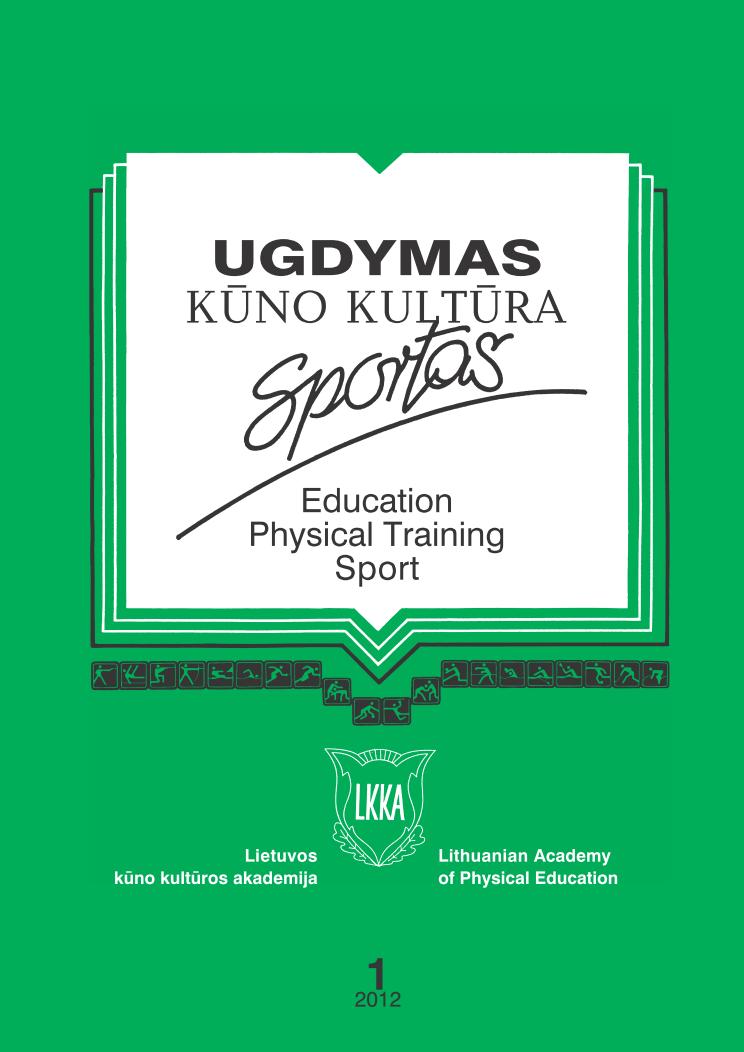Whole Body Cryotherapy and Adaptive Reactions of the Human Organism in the Aspect of Complex System Theory
Abstract
Research background and hypothesis. The research focuses on changes of different ECG parameters and their
concatenations during the whole body cryotherapy procedure.
Research aim was to evaluate the changes in the relationships and complexity of the human organism systems
by analyzing different ECG parameters and their dynamical concatenations during the whole body cryotherapy
procedure.
Research methods. The sample included 24 volunteers without cardiovascular diseases who received whole
body cryotherapy treatment course which consisted of 7 procedures per person on average. The 12-lead standard
ECG was registered using computerized ECG analysis system “Kaunas-Load”. ECG was registered continuously 1
min before, during the procedure and 3 min after the procedure.
Research results. Regulatory system is activated on all fractal levels during cryotherapy procedure. This is
reflected by changes of measured durational parameters: RR, JT, dQRS. Significant changes in the supplying system
(ST segment position) were not observed. Significant changes of metabolic processes (T-wave amplitude) at organ
and cell levels can be observed during the recovery after the procedure. Changes in ECG parameter concatenations
show that first the regulatory system reacts on the organism level (RR/JT), neurohumoral system is activated during
the procedure and interactions between systems (RR/dQRS) and interactions in the organ and cell levels (JT/dQRS)
increase during the recovery period after the procedure.
Discussion and conclusions. Whole body cryotherapy causes changes in ECG parameters and their concatenations
which represent adaptive organism reactions and activation of all organism adaptive resources. The data show the
safety of the procedure from the coronary, as well as hemodynamic point of view of other organs.
Keywords: cryotherapy, complex system theory, concatenation between ECG parameters.
Downloads
Published
Issue
Section
License
Copyright (c) 2018 Baltic Journal of Sport and Health Sciences

This work is licensed under a Creative Commons Attribution 4.0 International License.






